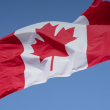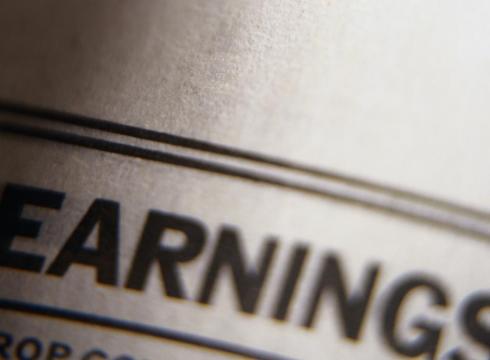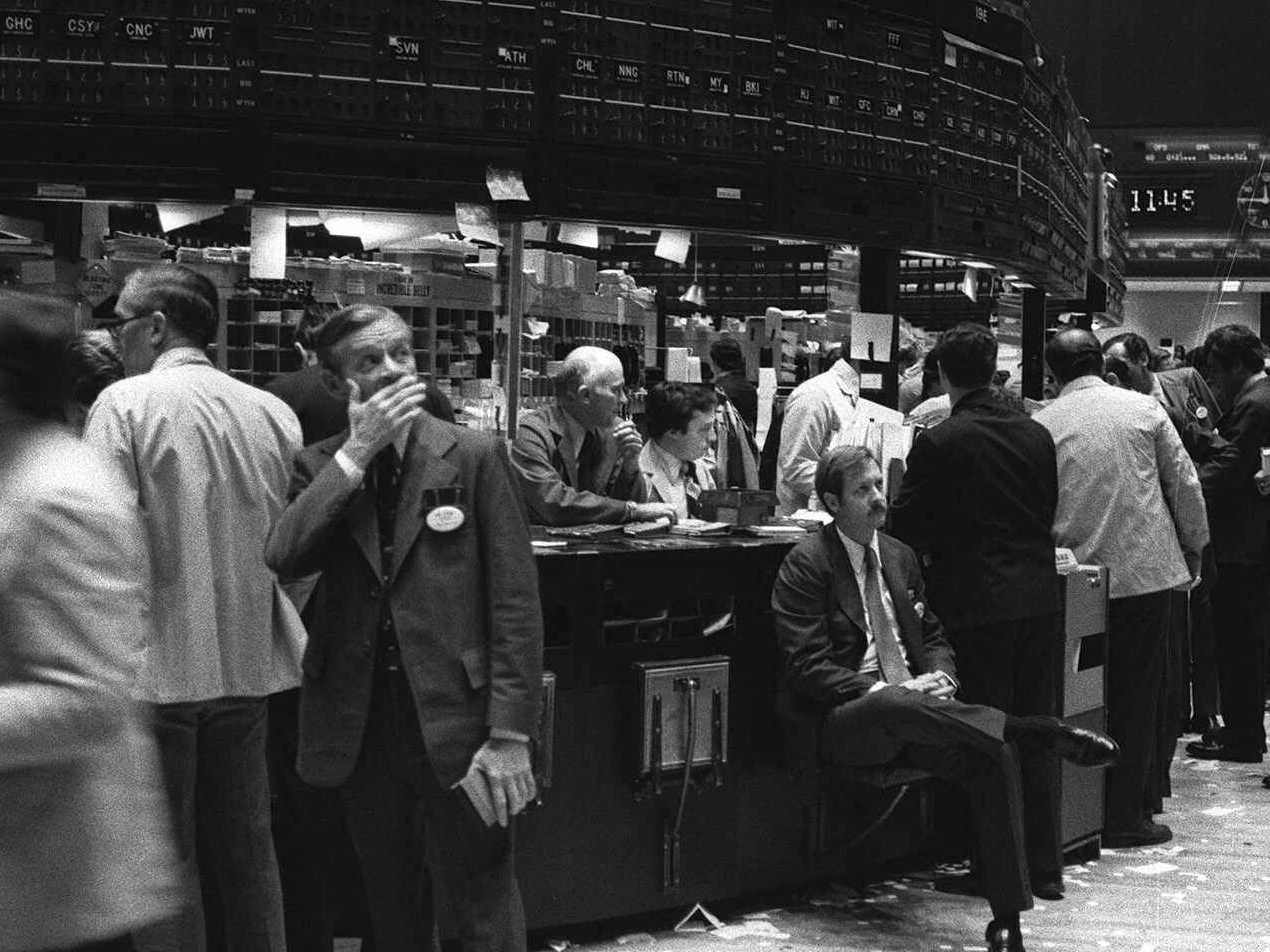by Hubert Marleau, Market Economist, Palos Management
April 21, 2023
The data calendar was relatively sparse this week. The S&P 500 dipped 4 points to close at 4133 as the popularity of stocks among fund managers waned. In this regard, I figured that it might be a good moment to review the immediate profit outlook, because the earnings season is about to hit full steam. When all is said and done, investing is about seeking profitable opportunities that can generate rates of returns reasonably above 10-year Treasury for the risks taken. Indeed, it is crucial to focus attention on fundamentals and think beyond inflation, growth, interest rates and monetary policies.
According to FactSet, analysts expect S&P 500 earnings to be down 5% year-over-year in Q1, on revenue gain of 2%. That would follow an earnings decline of 3% in Q4 of 2022 and would be the first back-to-back period of falling earnings since the 2020 Covid-19 lockdowns. In other words, the bottom-up consensus estimates envisage a 5% profit margin decrease.
Last week, I mentioned that the S&P 500 is apparently stuck in a trading range between 3800 - the green line of support - and 4300 - the red line of resistance. I added that should Q1 aggregate corporate earnings do better than generally expected, a break above the thin red line could send the bears into hibernation. This can only happen if consumption remains elevated and profit margins hold up. This is where the controversy becomes complicated. Yet the evidence is strong that the economy did quite well in Q1.
First, R-GDP grew at the annual rate of 2.5% according to the Atlanta Fed NOWCasting model, which means that in SKU terms unit sales have probably done quite well. Second, inflation was down in Q1, but it was not dislodged, suggesting that companies still had sufficient pricing power to put up prices of things they sell. Third, the rate of inflation was higher than the rise in both the cost of goods and wage rates. It therefore follows that margins might not be under as much pressure as assumed, and that sales might be doing better than we think. In fact, earnings are doing just fine, surpassing earnings expectations. As of April 18, some 90% of the 30 S&P 500 firms that had reported first-quarter earnings had exceeded estimates.
As a rule, changes in corporate earnings are a function of changes in N-GDP. The faster total spending grows in nominal terms, the higher the profits. The N-GDP is 96.5 times higher than it was 75 years ago, whereas after-tax corporate profits are 113.9 times. The gap is explained by higher profit margins, which have risen from 7.2% to 8.5%. There are many possible explanations. Perhaps industries have held the upper hand against workers, reaping most of the benefit of higher productivity and/or becoming less competitive, enhancing pricing power.
Some say that it's the result of the greed of management, whose remuneration largely comes from options. In my judgement, higher margins are tied to macroeconomic factors like big movements in personal savings and government budget balances. Putting this question into economic parlance, rising government deficits and declining personal savings tend to raise corporate revenues more than they otherwise would, or to increase margins if everything else stays equal. If you do not believe this, read: “Where Profits Come From” by David A. Levy of The Jerome Levy Forecasting Center. It answers the critical question that market strategists forever ask. By simply looking at the difference between what workers are earning and by how much prices are rising, the case for a serious reduction in corporate sales and margins is rather weak at the moment. Based on January and February numbers published by the BEA, the personal savings rate in Q1/23 will only be marginally higher than in Q1/22.
Going forward, corporate profit performance will greatly depend on whether the remaining amount of excess savings, accumulated during the pandemic, will be spent or unspent. At the start of the year, there was approximately $1.25trn and there’s around $1.0trn now. I'm not saying that this will happen, but if the household sector were going to spend the rest of their remaining excess savings at the same running rate ($1.0trn) as in 2022, technically the saving rate would fall to zero. Moreover, weak tax collections could push the federal deficit higher. Tax receipts last Tuesday (the US Tax Day) were only $108.5 billion, resulting in the Internal Revenue Services undershooting projections by a full $100 billion.
Perhaps I’ll be proven wrong, but the potential for a meaningful recovery in corporate earnings exists. While it is historically true, gross corporate profits as a proportion of N-GDP vary around a stable mean, and tend to revert to that mean. The latter usually takes a long time. According to a chart produced by Andrew Smithers in a book titled “The Economics of the Stock Market,” profit margins have very long cycles. The current one is now 10 years old, while the previous 2 two lasted roughly 25 years.
It is true that the general belief in disinflation is deterrring consumers from purchasing big-ticket items and pushing savers to allocate more money to the money markets down the road - a behaviour that will raise the savings rate and, in turn, tend to hurt profits. But it should be noted that the pandemic was the catalyst that produced the sudden and large increase in profit margins. Businesses will fight tooth and nail to protect them. As far as I can see, there is no equivalent catalyst at this time to push them down dramatically. This tells me that the process to lower margins will be slow and marginal.
Inflation Expectations Are Falling
Disinflationary forces are still in place and surveys are showing it. Reuters reported that Nielsen data showed that after 2 years of raising prices, Procter and Gamble and other retailers have started to discount a variety of big-brand products pushing suppliers for price cuts. Whichever way one may want to slice the numbers on the labour situation, wage growth is slowing. Average hourly earnings rose at a mere 3.6% annualised rate in Q1, compared to a year-over-year of 4.4%. A further deceleration is anticipated because the labour market is normalising, with hiring slowing, immigration rising and participation increasing. I suspect that over spring and summer, employers will no longer experience severe hiring strains. A broad-based measure of inflation expectations compiled by the Federal Reserve fell in Q1 to 2.2%, the lowest level in 2 years.
The Central Bank Is On Guard
The central bank injected a lot of liquidity during the banking turmoil, but it's now back on track. The decline in the money supply has resumed. As a matter of fact, this decline will likely accelerate because banks are pulling back on loans, the private sector is demanding less, and the Treasury has almost depleted its balances at the Fed. While anticipation for recessions, even mild ones, is usually a negative for the stock market, it is possible that the stock market may avoid the worst because a mild recession may already be priced in: the economic transition to more normal conditions is near completion and the Fed might actually bust inflation.
In this connection, I derive comfort from Ed Yardeni, a long-time observer of the economy, who doesn’t expect the economy to fall apart, and of Cleveland Fed’s Loretta Mester’s testimony that the Fed is aiming for a soft landing. Time will tell, but at the time of this writing, the market is in the camp of those who believe that the economy is going to skirt an outright contraction. Bond traders are placing an 83% chance on the Fed increasing borrowing costs by another 25 bps on May 3, and turn to a wait-and-see mode thereafter.
How long it may pause before cutting rates is still a guess. All we have on this is history. Since 1989, outside of 1995, stocks have rallied once the hiking cycle ended. The average time before the Fed’s last hike and first cut is 6 months. This time it may be sooner, but shallower, the Fed having applied the most restrictive monetary stance in modern times.
Copyright © Palos Management














